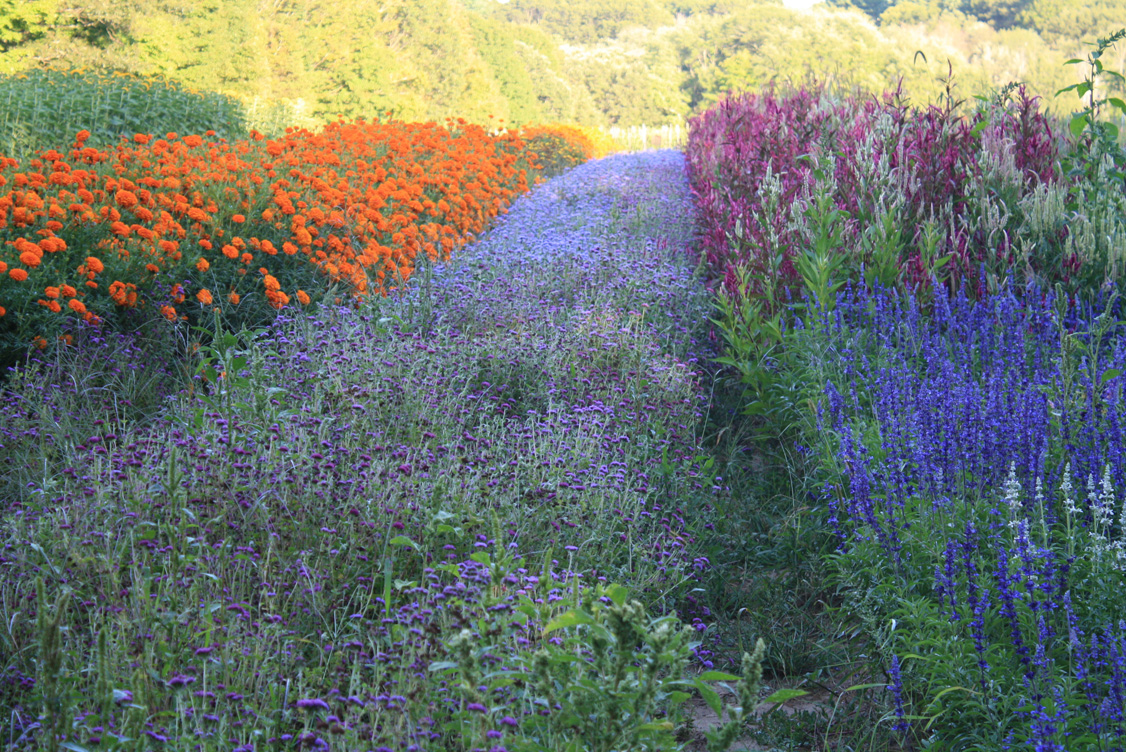Recently, I visited the MFA in Boston to see the current exhibition of 'Sargent's Watercolors.' I came seeking inspiration, seeking something to help me move forward in my own work. I was not disappointed.
john singer sargent, oil on canvas, 'daughters of edward boit,' (1882)
John Singer Sargent is known primarily for his stunning portraiture work of prestigious individuals and their families, including 'Daughters of Edward Darley Boit' (1882), which can be found in the Boston MFA, and the portrait of Isabella Stewart Gardener at the Isabella Stewart Gardener Museum. These paintings typify the control and technique which distinguished Sargent in his time, with a special artistry for composition and capturing of each individual's character in a single scene. There is an atmosphere created through every detail of these images to portray the subjects as desired, but to also provide a window into the vision of the artist.
This exhibition is special because it focuses on a different aspect of Sargent's tremendous body of work, watercolors. Sargent treated watercolors as an exploratory medium, in which he captured a great breadth of scenes in his travels - from Roman architecture and city streets and canals of Venice, to rolling hills of the english countryside, the Middle East, the New England Coast, and Florida. For many years he merely collected stacks of these paintings, giving some away as gifts; it wasn't until later in Sargent's career that he decided to exhibit and sell collections of the watercolors. Each of these Sargent paintings or sketches are characterized by vivid, fine tuned, and bold color palettes; confident brush strokes, approached with intensity and obsession, to capture each scene of inspiration.
In this exhibition with dozens upon dozens of Sargent's beautiful watercolor paintings, two paintings in the exhibition proved to be especially memorable for the subject matter, technical execution, and the intentional portraiture of subculture in the early 20th century.
john singer sargent, watercolor on paper, 'santa maria della salute,' (1904)
1. 'Santa Maria della Salute' offers a non-traditional view of the Roman church, portraying its stature and tremendous architectural detailing, juxtaposed by fisherman's boats hovering in the foreground. A closer examination of the painting reveals a light layer of pencil lines to organize and layout the scene. These marks are expressed with careful precision, before the rich layers of paint are applied - I am told Sargent typically does so in a continuous manner. Never allowing the paint to dry completely. There is an apparent difference between the application of paint for the architecture versus the fisherman's boats. The church lends a warm subtlety and richness of detailing, whereas the boats in the foreground give an impression of detail through bold and confident placement of layered brushstrokes. Warm washes of ochre with smudges of earthy burnt umber and cerulean blues describe swaddled fabric of a collapsed sail or spare clothing awaiting the next journey.
This juxtaposition, stoic architecture in the background with evidence of daily life in the fore to activate the scene, is what moves the piece beyond simple observation and makes it compelling. In such compositions we can observe layers of culture, contradictions of everyday life, and make conjectures as to how they were able to coexist. The image calls you in from across the room with a quiet reverence, then draws you closer - revealing more layers of complexity with every step. I follow the washes and brush strokes across the page, trying to discern how this was constructed, and in what order the colors were placed. Background to foreground, transparent to opaque, warm to cool. One might think so, if not for the discernible scrapes and smudges to deduct color from areas. In a fervor, it is likely that Sargent was activating the entire canvas with his mark-making - as a ripple can so quickly carry across the surface of a body of water. This is the beauty of Sargent's Watercolors.
john singer sargent, watercolor on paper, 'carrara lizzatori,' (1911)
2. 'Carrara lizzatori' was created amongst dozens of paintings to document several weeks Sargent spent in the mountains of northern Italy living near a marble quarry. It is said that he was absolutely enamored with painting the white architectural stone for much of his career, and Sargent's journey to the marble quarry was inevitable. (newyorker.com)
The lizzatori, the men whom mine the precious stone, ascend the mountainous stairway towards another day of hard labor. Sargent is obviously enraptured by the colors reflected off the pale mountain-side; warm ochre ledges in the sunlight cast purple-blue shadows below. In this piece the mountain is in the foreground, demanding the spotlight for its natural beauty and reverence, and the men play a supporting role to the composition as they slowly disassemble and sell the very ground beneath them.
This body of work is a source of inspiration and hope; an intimate collection which shares one man's investigation of landscape, exploration of color and light, and evolution of understanding through a lifetime of observation. I am not sure whether it is the transportive scenes from around the world, or my respect for Sargent's determination to follow and exist within his passions of painting.
















